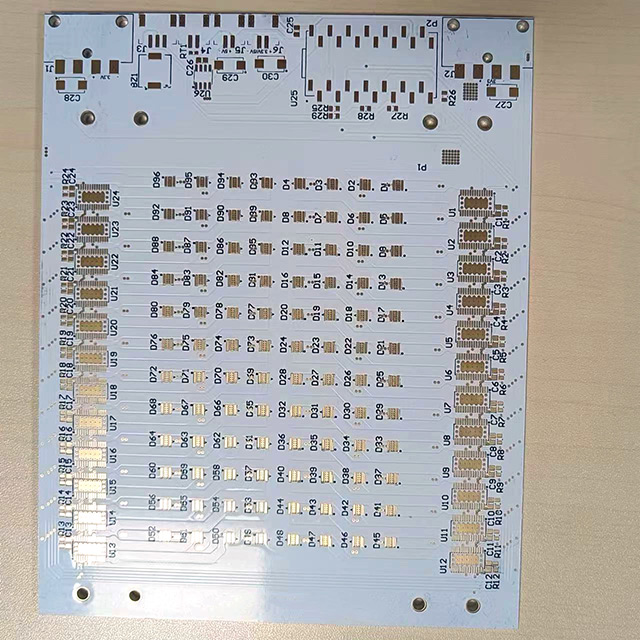E
Elysium
We have been asked to price a 4kw Pv Installation on a Barn conversion with no loft space for the inverter.
The D.C. cables will have to be installed in the fabric of the building with the inverter installed in a downstairs cupboard, what are the requirements for this? being an electrician I know what the regs are for the A.C. side. Has any one had a similar installation?
The D.C. cables will have to be installed in the fabric of the building with the inverter installed in a downstairs cupboard, what are the requirements for this? being an electrician I know what the regs are for the A.C. side. Has any one had a similar installation?











